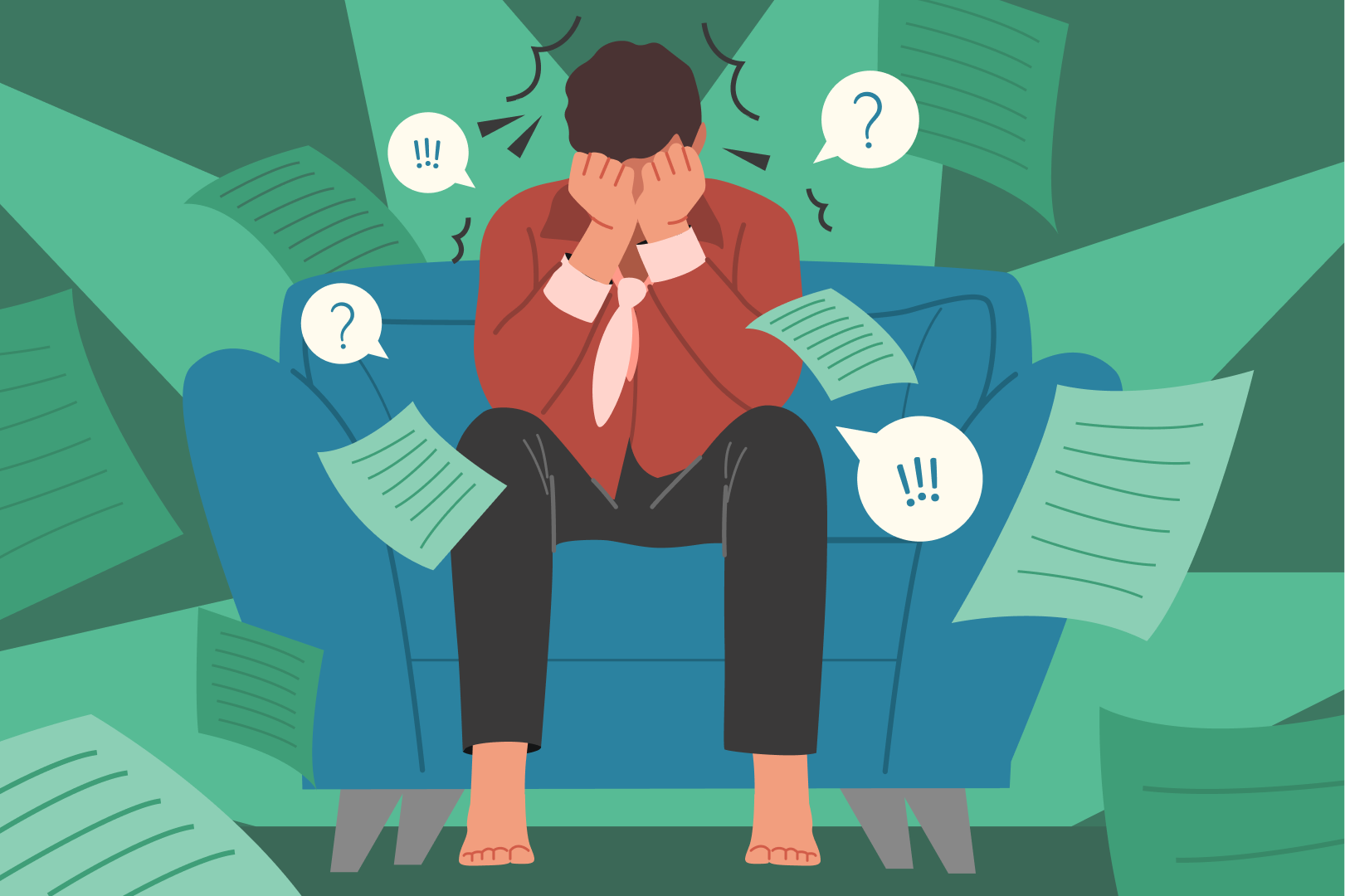It has been seen that almost 70% of mental health cases that appear in children can be addressed through early intervention. Thus, there is a high possibility that we can get ahead of a child’s mental health disorder and offer support to those who need it. Early detection and intervention are crucial factors in the goal towards reaching at-risk students before conditions manifest into more serious issues.
Mental health disorders in students is a complex issue that requires a coordinated effort and multilevel approach from parents, schools, health care organizations, digital media outlets, and community outreach. It then becomes very important that teachers provide students with the opportunities, resources, and support they need and help promote mental health awareness in their school and create a positive mental health culture.
- Promote positive self-esteem. Provide students with the tools and skills necessary to resolve conflict and the inevitable setbacks they’ll face. Boost their self-confidence by supporting good decision making, assertiveness, perseverance, and self-determination
- Encourage students to eat healthy and provide healthy eating options
- Provide outlets to relieve anxiety and stress. Physical activity, meditation and the arts are super for self-expression, growth, and work wonders on a student’s overall mental health and ability to handle stress.
- Promote school policies that support mental health such as bullying prevention
- Display relevant material to students and families, such as the materials found on the websites for the World Health Organization.
- Have an open-door policy – communicate to your students that you are available to listen to their concerns and issues. Communicate openly, honestly and often. Notice the little conversational openers students may offer up and ask non-judgmental questions. Be sure to pause and listen to what they have to say
- Provide places where students can relax, such as quiet areas
- Provide accurate information that can help correct fears, myths and misconceptions about mental illness. A combination of education and face-to-face interaction has been shown to have a great impact on changing attitudes towards mental illness.
- Address it in school assemblies
- Celebrate awareness days, like world mental health day, to let students know they’re not alone.
- Reach out to the school counsellor if a student needs help or refer them to a organisation that works in the area of mental health








